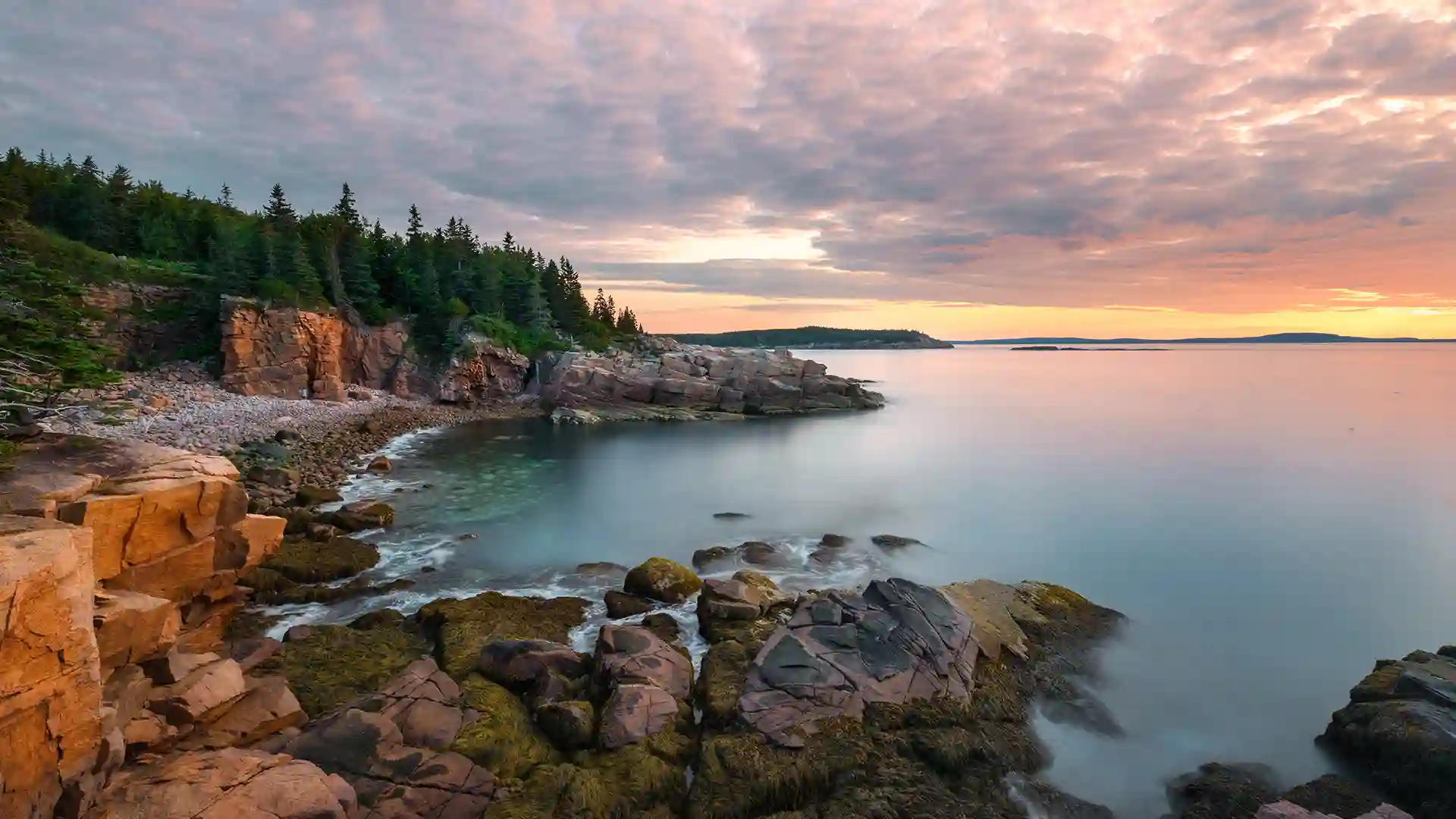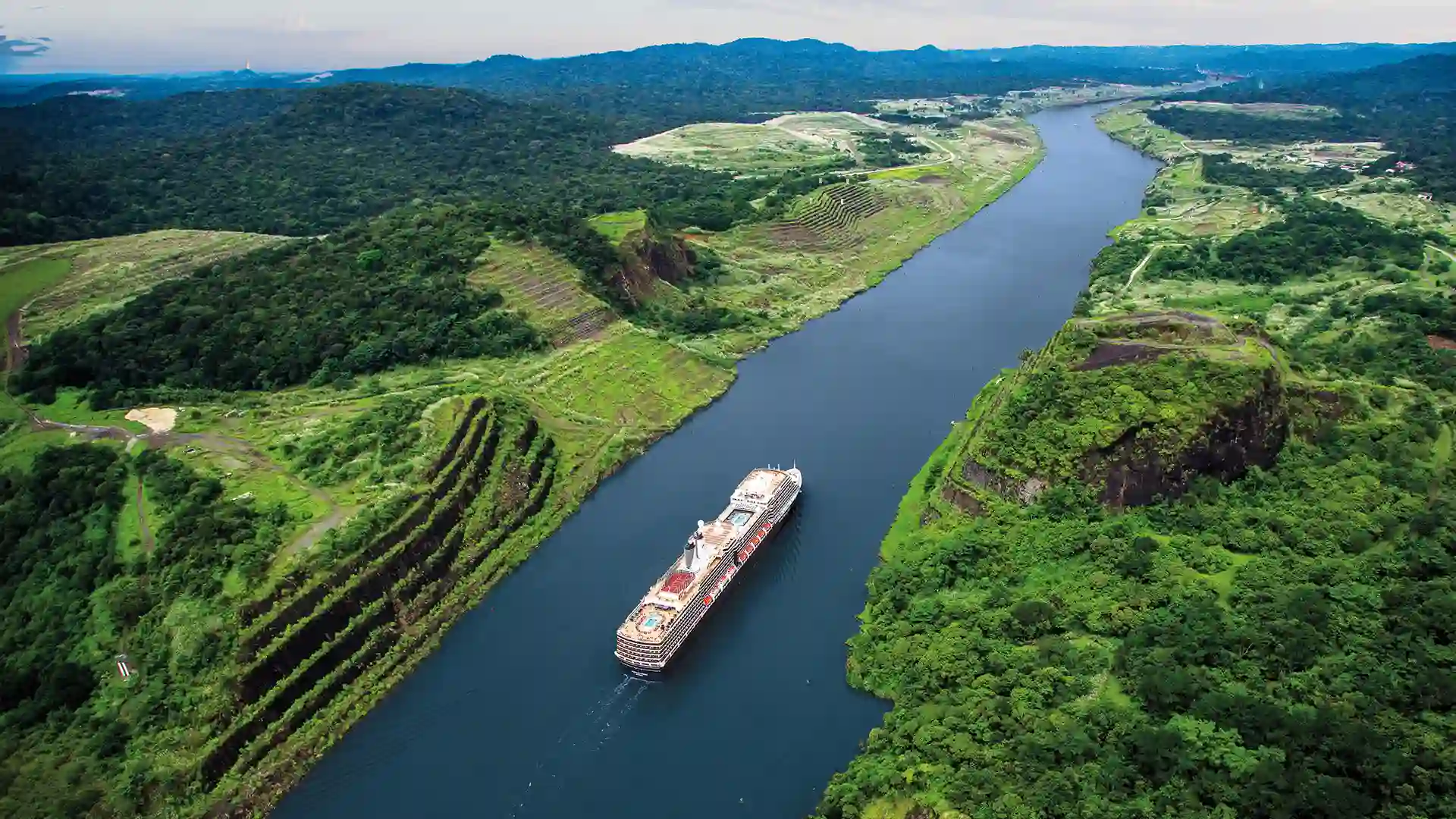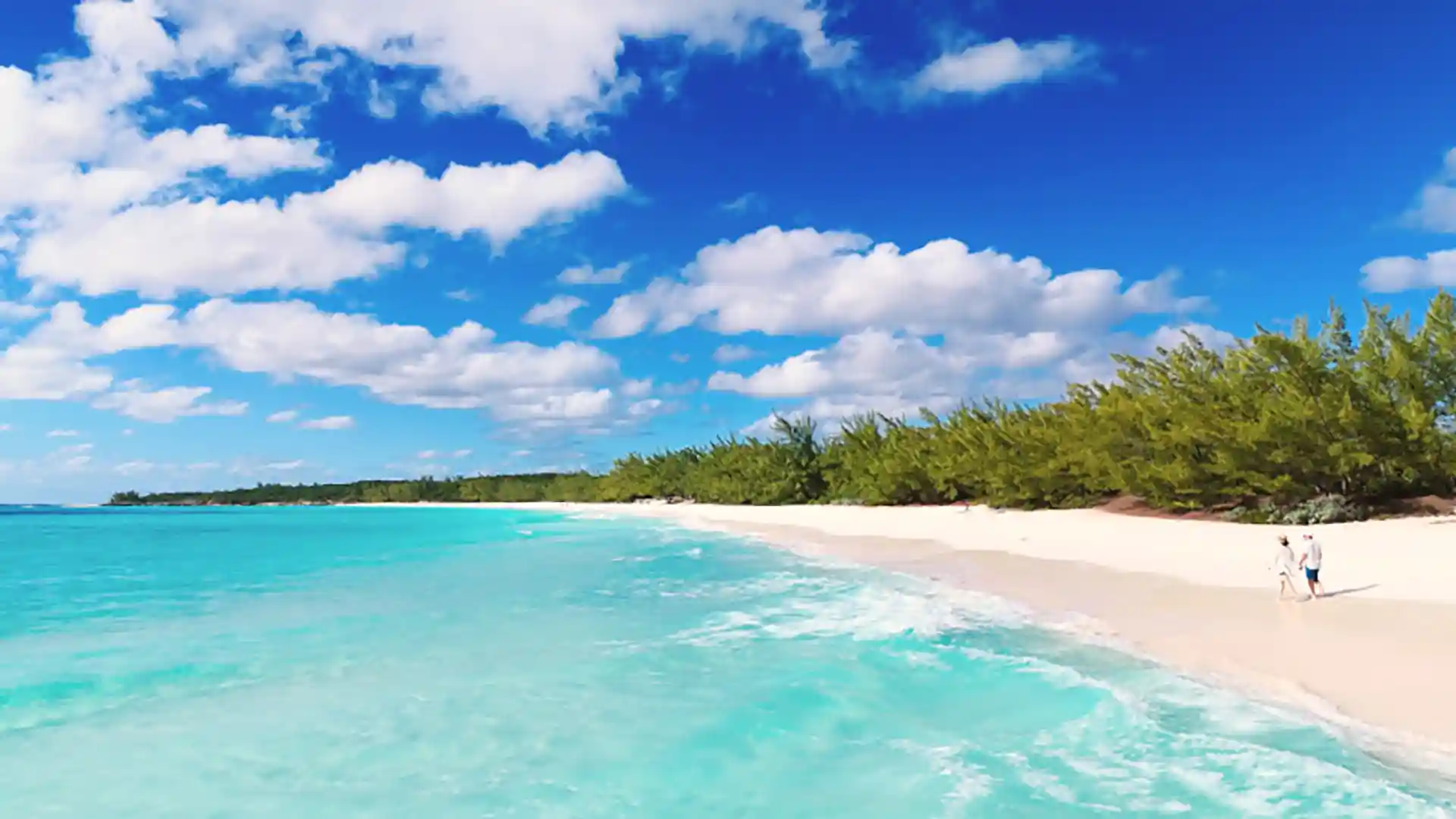20 Wild Facts About the Yukon
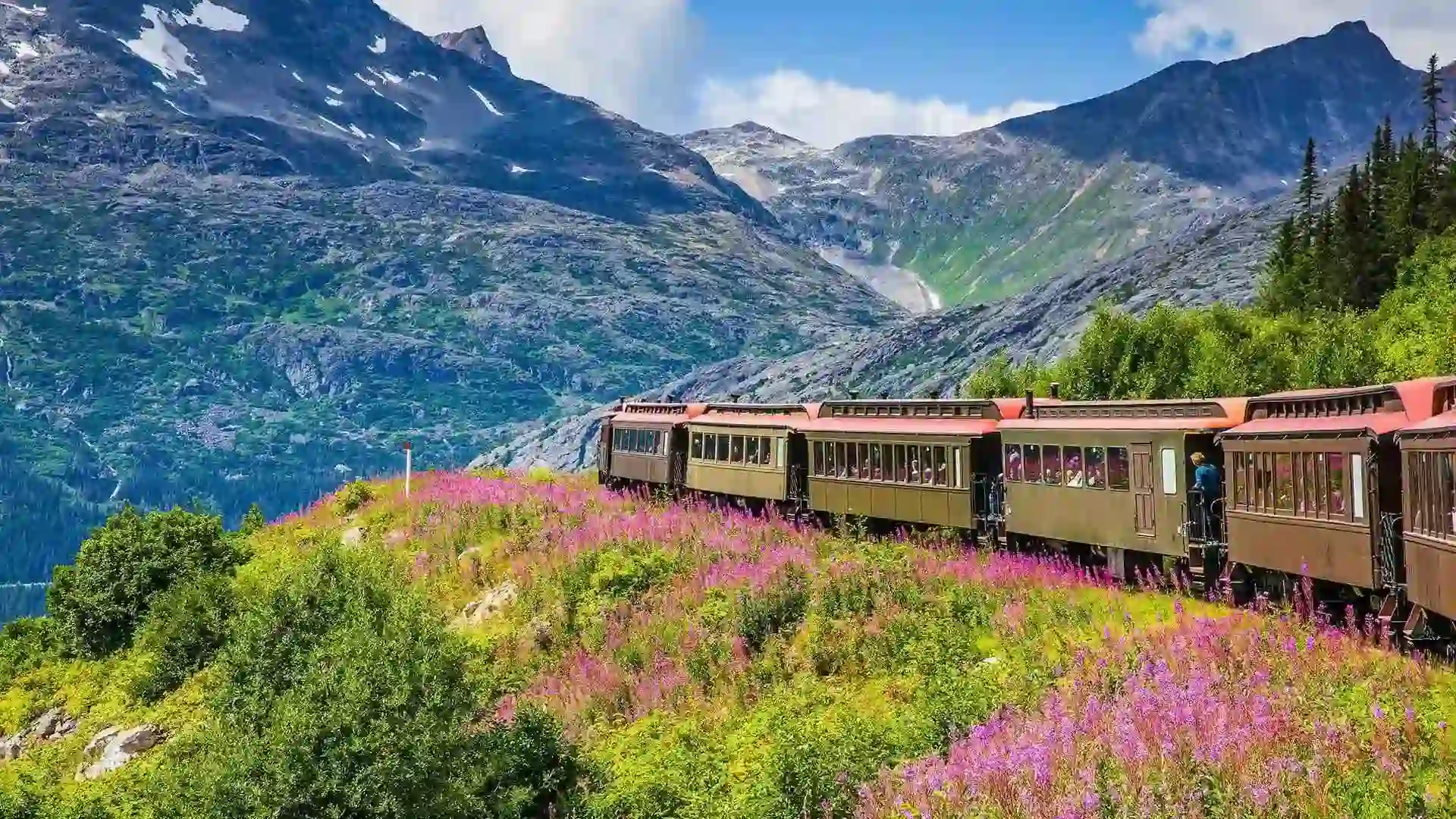
The Yukon is a true bucket–list destination. It’s unlike anywhere else with endless wilderness punctuated by Canada’s five tallest peaks and tiny towns with big personalities. Read on for 20 wild facts about Yukon Territory.
The Yukon, Big and Small
- The Yukon is vast, but it’s the smallest of Canada’s three territories. The Yukon covers an area of 186,272 sq. mi (482,443 km sq)—that’s larger than California, almost the same size as Spain and a little bit smaller than Thailand.
- At 1,980 miles long (3,190 km), the Yukon River is the second longest in the country, after the Mackenzie River. The name of the territory likely comes from the word “yu-kun-ah,” meaning “great river.”
- The Yukon is home to the second tallest peak in North America, Mount Logan in Kluane National Park at 19,551 feet (5,959 meters). Mount Denali beats it at 20,310 feet (6,190 meters) tall.
- Between the Pacific Ocean and the Yukon River, the St. Elias Mountains have the world’s most-extensive ice fields that aren’t part of the polar ice caps. Learn about Wrangell-St. Elias and other Alaska National Parks.
- Not everything in Yukon Territory is larger than life. The Carcross Desert, called the “world’s smallest desert,” is outside Carcross, Yukon. It’s only one square mile and technically a cluster of sand dunes, as it isn’t dry enough for a true desert.
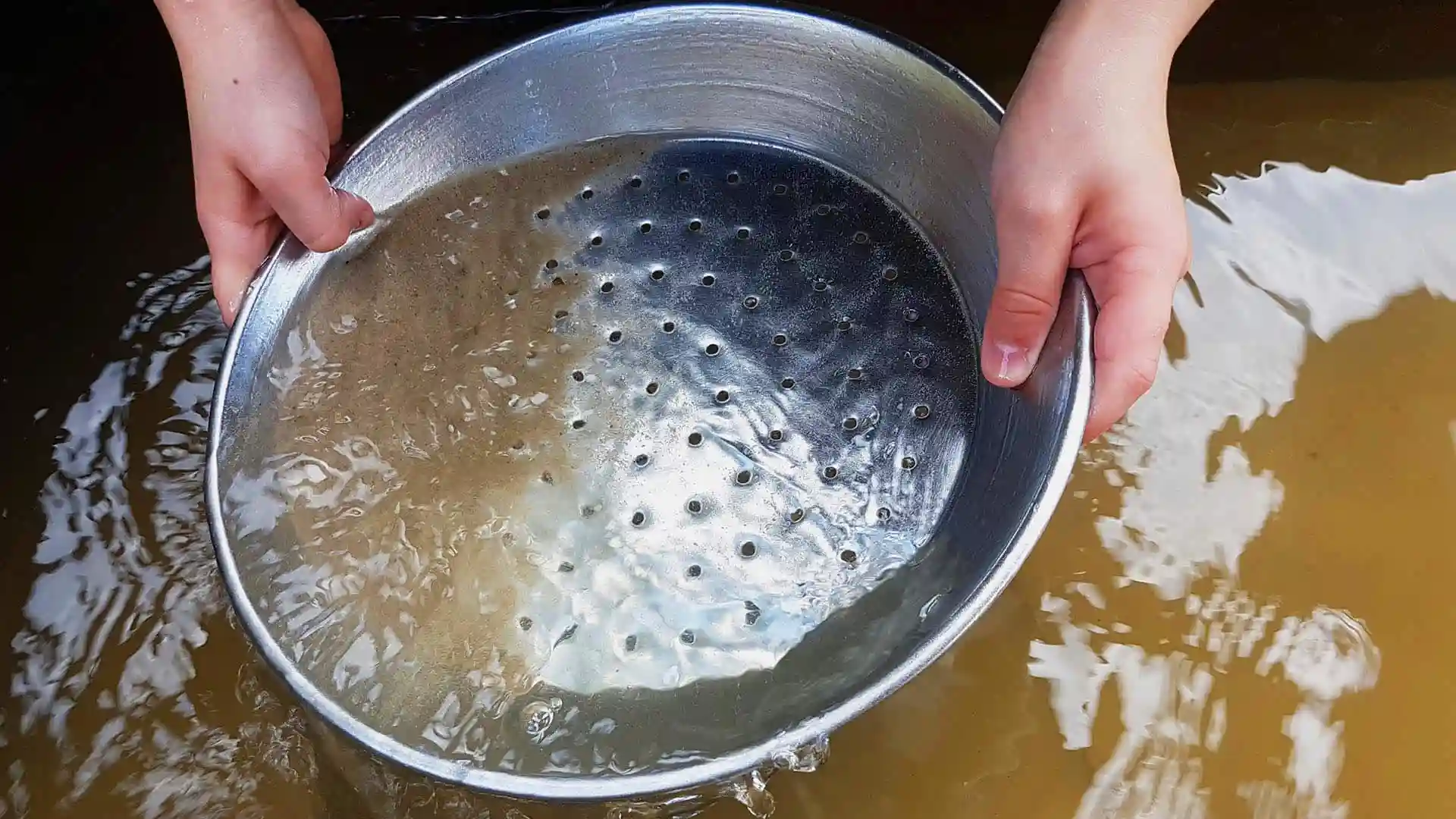
Panning for gold in the Yukon.
History, Culture and Random Trivia
- In 1896, local miners discovered gold in the Klondike region of the Yukon. Once the news of gold spread, an estimated 100,000 prospectors braved the Chilkoot and White Pass trails to reach the gold fields. Most were unsuccessful. Today, gold rush enthusiasts can pan for gold, ply the river aboard a paddle-wheeler, or visit Dredge 4.
- The White Pass Railway was built in 1898 through treacherous mountain passes to the gold fields. Unfortunately, by the time the railroad was complete, the gold rush was over. You can ride this famed railroad on the White Pass shore excursion.
- Speaking of gold, the beloved Yukon Gold Potato isn’t from the Yukon. An Ontario-based researcher created the buttery beauty. He originally named it after the Yukon River and then his colleague added “gold” because of the potato’s distinctive yellow hue.
- Poet Robert W. Service lived in a two-room cabin in Dawson City in the early 1900s while writing some of his more well-known works. Today, the cabin is a historic site. In the “Spell of the Yukon,” he wrote: “The wilds where the caribou call; The freshness, the freedom, the farness—O God! How I’m stuck on it all.”
- Indigenous tribes lived in the Yukon, long before Europeans. Eight main First Nation languages are spoken in the territory, each using multiple dialects. Efforts are underway to preserve these ancestral languages.
- In Dawson City’s Downtown Hotel, join the exclusive Sourtoe Cocktail Club by drinking a cocktail with a real human toe in it. This toe-rrific tradition began in the ’70s and approximately 100,000 people have touched their lips to the toe since.
- The Great International Outhouse Race is another unusual tradition in Dawson. Teams of five push structures made to look like outhouses through the streets. Gross-out themes and potty wordplay are part of this offbeat competition.
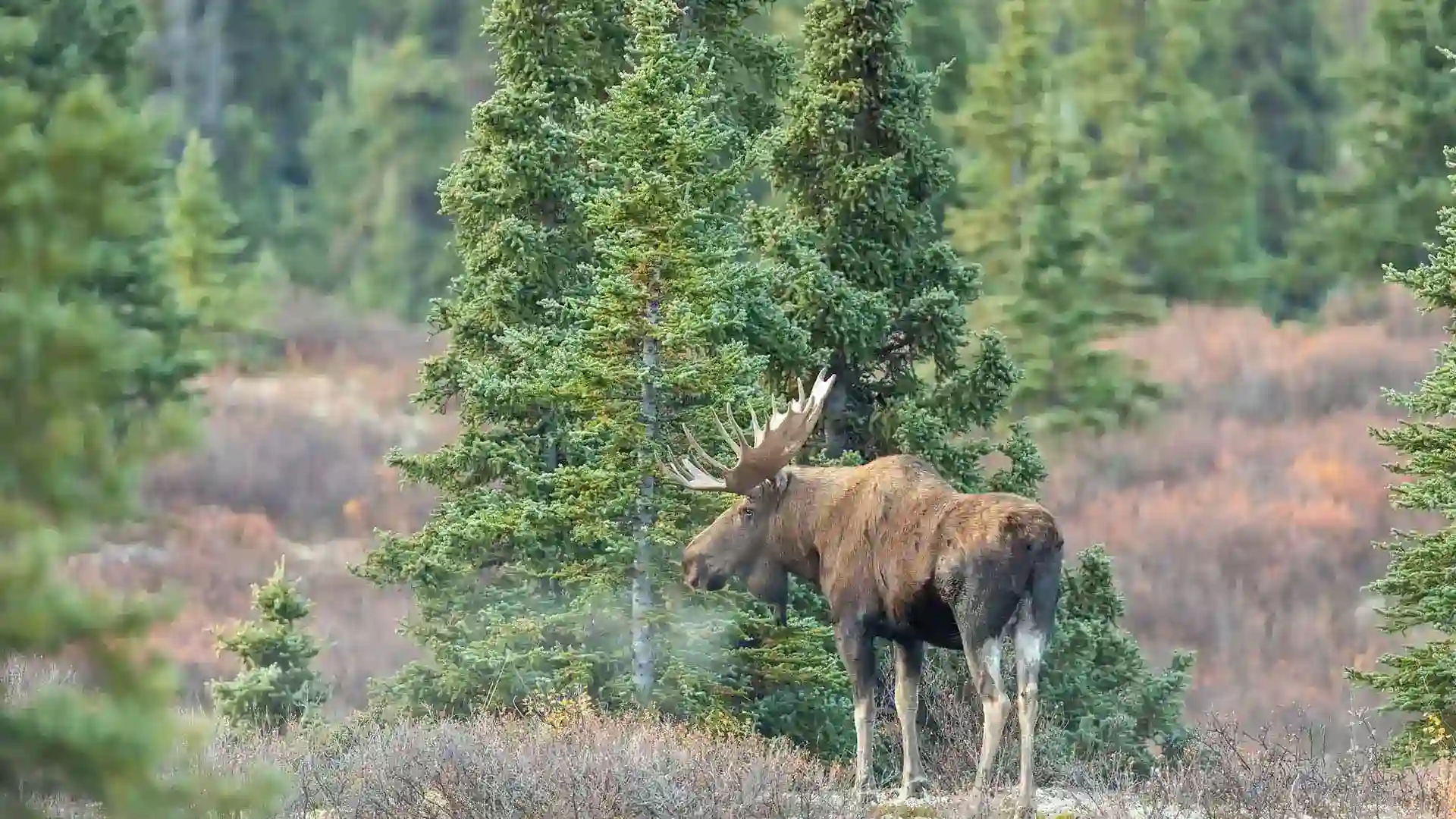
Enjoy sight-seeing on a Yukon adventure, where you will find wildlife roaming.
Yukon Wildlife
- Moose far outnumber humans in the Yukon. There are about 65,000 to 70,000 moose and 43,000 people.
- Yukon has a high population of Dall sheep. Though they look like mountain goats, you can tell it’s a Dall sheep by the male’s curly horns.
- During certain times of the year, you may witness a caribou migration. The famed Porcupine Caribou Herd travels a long distance between Alaska’s arctic coast, the Yukon and the Ogilvie Mountains. Learn about Alaska wildlife tours.
- When you’re in the Yukon or Alaska, look out for the peregrine falcon — the world’s fastest animal –whose dramatic dive clocks in at 186 mi (300 km) per hour.
- During the Ice Age, Yukon horses were one of the most abundant mammals roaming the grasslands. Much different than the big barn horses of today, the Yukon horse was about the size of a dog.
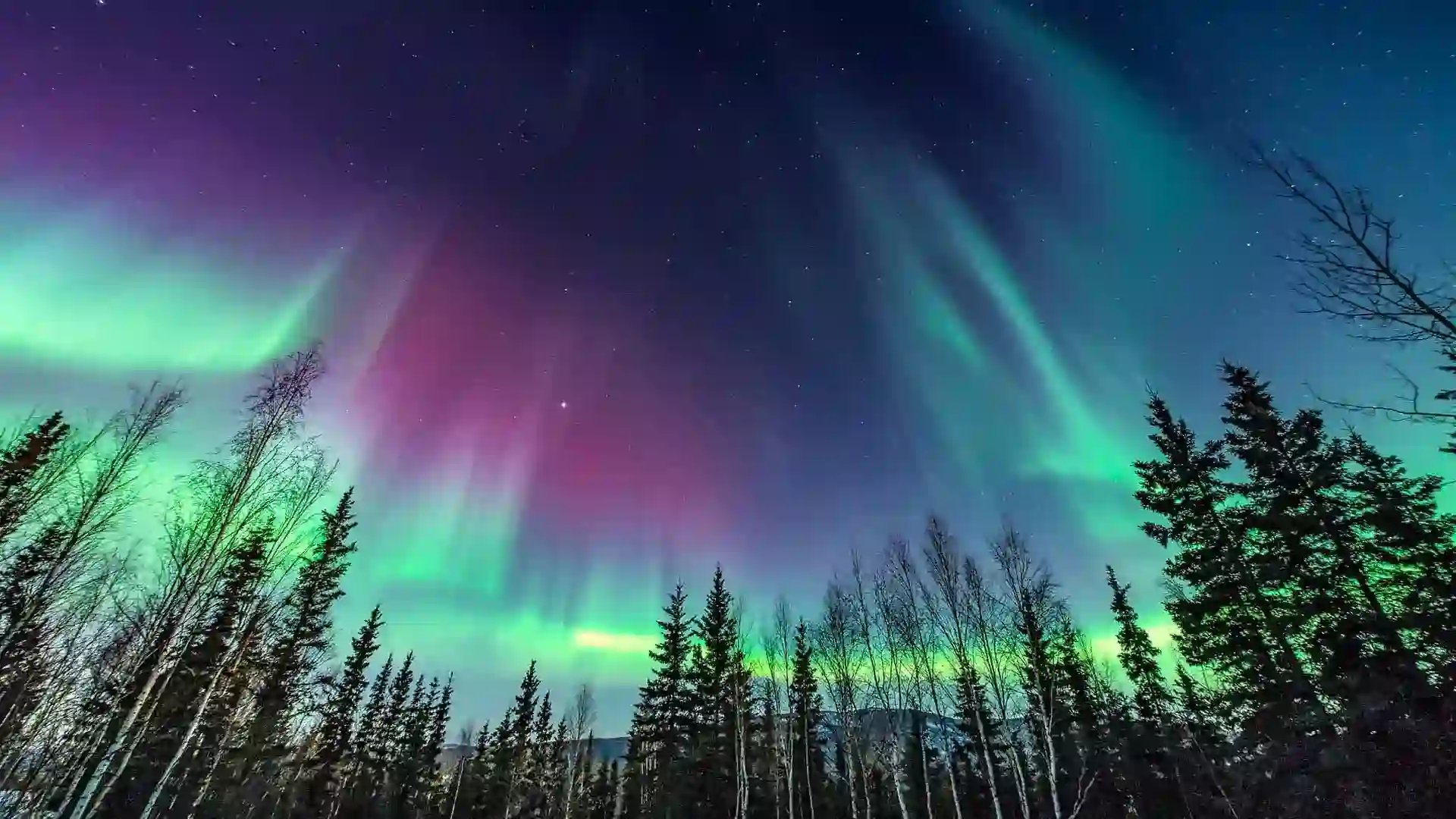
Though the Northern Lights are never a guarantee, they’re truly magnificent when viewed.
Midnight Sun & Polar Night
- In 1947, in Snag, Yukon temperatures dropped to a teeth-chattering -63° C (-81.4° F), the lowest recorded temperature in North America. When Snag residents stepped outside, their breath froze mid-air.
- Summer days never end. The Midnight Sun brings 24 hours of daylight from June to September. Watch locals out at all hours walking their dogs, playing volleyball and golf. In winter, the Yukon experiences Polar Night, when the sun doesn’t shine at all, so they must soak up the rays while they can.
- The Yukon is an excellent place to hunt for the Northern Lights, as part of it lies above the Arctic Circle.
Bonus Fact: Holland America Line is the only cruise line that takes guests to both the Yukon and Denali National Park. Learn about our Alaska cruisetours and exclusive Yukon experience.
Article by Amanda Halm
Comments
